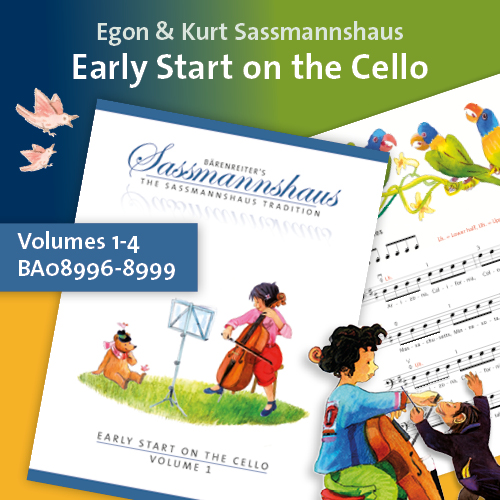Tag: melody
By Robert Battey December 15, 2013
Subjects Practicing
Tags accents, alignment, Awareness, Bach, Bach Cello Suites, bar lines, Battey, Beethoven’s “Archduke” Trio, Brahms Double Concerto, Capucon, cello, cellobello, communication, complexity, conservatory, counting, dissonance, Feuermann, focused listening, great artists, great composers, intelligent artist, interpreter, interpretive decisions, intonation, melody, metrical organization, musical critic, musical phrasing, performer, phrase lengths, phrasing, powerful, recordings, resolution, robert, Rostropovich, score-study, slurs, studying, stunning effect, stylistic conventions, text, vibrato, Washington Post, Yo-Yo Ma, youtube
By Arnold Steinhardt September 10, 2013
Subjects Artists, Repertoire
Tags accompany, arpeggios, artistry, assistant concertmaster, beauty, Beethoven, Boston, Boston Symphony Orchestra, bow, bow control, Camille Saint-Saëns, Carnival of the Animals, cello, cellobello, changes, child, CIM, Cleveland Institute of Music, Cleveland Orchestra, connections, creativity, depth, difference, discussion, double major, essence, exceptions, extended melodies, fiddlers, Hess, ideas, improvement, intimate, intonation, Jules Eskin, Mary, melody, music, musical essence, musicality, musicianship, permier music school, phrase, phrasing, phrasing alterations, piano, re-evaluate, respect, rocking, scientists, sections of music, singing, string quartets, swaying, The Swan, tone production, vibrato, violin master-class, work
By Robert Battey September 8, 2013
Subjects Repertoire
Tags Achilles’ heel, alterations, Battey, cello, charming, composer, compositions, creativity, difficulty, effects, experimenting with rosin, flawed works, glissando, gummed-up fingers, increased tension, Leopold Auer, lyrical, master, melody, modern artists, musical transitions, opening material, options, Pezzo Capriccioso, Piatigorsky, recordings, repeated notes, robert, Rococo Variations, rosin, Rostropovich, sections, sections of music, show piece, sticky problem with shifting, Tchaikovsky, transitions, trill, virtuoso
By Jonathan Pegis December 11, 2012
Subjects Orchestra, Repertoire
Tags attention to detail, Beethoven, Beethoven Symphonies, Beethoven's 5th Symphony, bow control, bow technique, cello, cello excerpt, cellobello, continuous vibrato, details, dynamics, Excerpts, intonation, Jonathan, legato, melody, musicality, Pegis, phrasing, practice tips, Preparation, Rhythm, shifting, singing, Sound, sound production, technical challenges, tempo, vibrato
By Margo Drakos April 29, 2011
Subjects Chamber Music
Tags career, cello, cellobello, colleagues, communication, concepts, David, David Soyer, dreams, environment, experiences, goals, influences, inspiration, melody, motivation, music, opportunity, organization, practicing, Quartet, repertoire, respect, skills, Soyer, strength, string quartet, support, sustain





